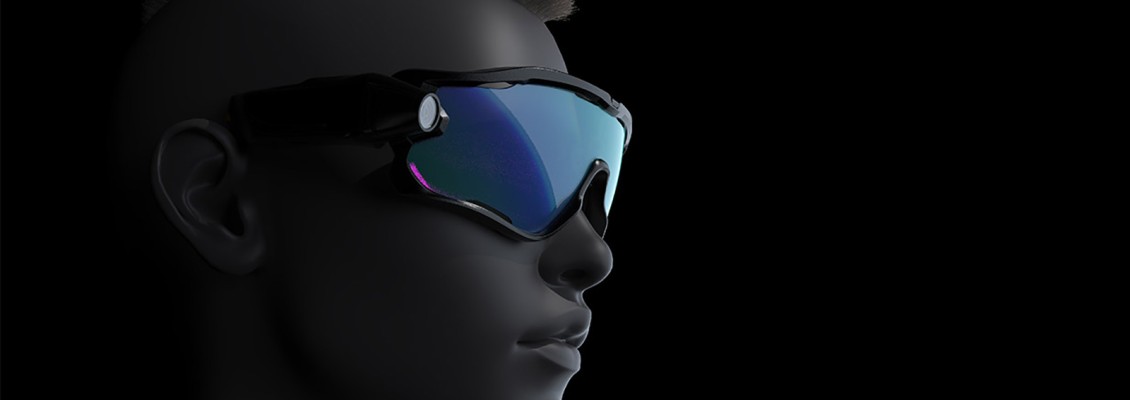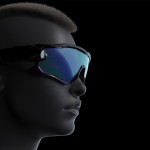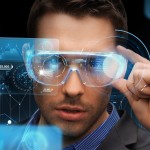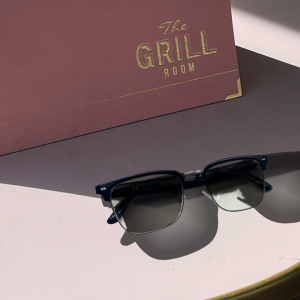
Smart glasses is an emerging smart wearable device, which integrates a variety of electronic devices in the glasses, such as display, computer, audio equipment, camera, etc., so that people can more easily use the computer, but also can obtain information in real time.
The core components of smart glasses include a microcomputer, a display and a camera. These devices are all embedded in the glasses to provide the various functions required by the user. Smart glasses are often equipped with voice recognition technology and gesture control, allowing users to interact with the device through voice and gestures without using a keyboard or mouse.
Smart glasses can be used in a variety of different scenarios
In the business world, smart glasses can help employees improve their work efficiency, such as scanning barcodes, managing inventory, identifying items, viewing orders, and so on. In the medical field, doctors can use smart glasses to perform surgery. In the field of education, teachers can use smart glasses to present courseware, while in the field of entertainment, users can use smart glasses to watch movies or play games.
The advantage of smart glasses is that they are lightweight, easy to use, and powerful
Compared to other smart devices, smart glasses allow users to operate more naturally and intuitively, and they can display information in real time, avoiding the need for users to constantly pull out their phones or computers to check. The intelligent characteristics of smart glasses will make them more widely used in the future.
Although the development of smart glasses is still in its infancy, with the continuous development and progress of technology, smart glasses will become more intelligent, convenient and practical, and become an essential part of People's Daily life.
In addition to the various scenarios mentioned above, smart glasses have many other applications. For example, in the field of sports, smart glasses can help athletes record sports data, such as distance, speed, heart rate, etc., so as to better understand their sports status. In the field of tourism, smart glasses can provide real-time navigation and scenic spot introductions, making it easier for tourists to explore unfamiliar cities.
There is still a lot of room for the development of smart glasses, and they will gradually achieve more refined applications in the future. For example, smart glasses can automatically adjust the display content and brightness according to the user's habits and needs, thus providing more personalized services. In addition, smart glasses can also be connected with other smart devices to achieve more convenient information sharing and interaction.
However, the development of smart glasses also faces some challenges
First, smart glasses need adequate security to avoid the user's personal information being leaked. Second, smart glasses need better battery life to meet the needs of users for long periods of time. Finally, the price of smart glasses is still relatively high, and the cost needs to be further reduced so that more people can enjoy the convenience brought by smart glasses.
In short, smart glasses are a new kind of smart device, which connects People's Daily life and work more closely with computer technology. With the continuous development of technology, smart glasses will bring more refined and personalized services and become an indispensable part of people.





